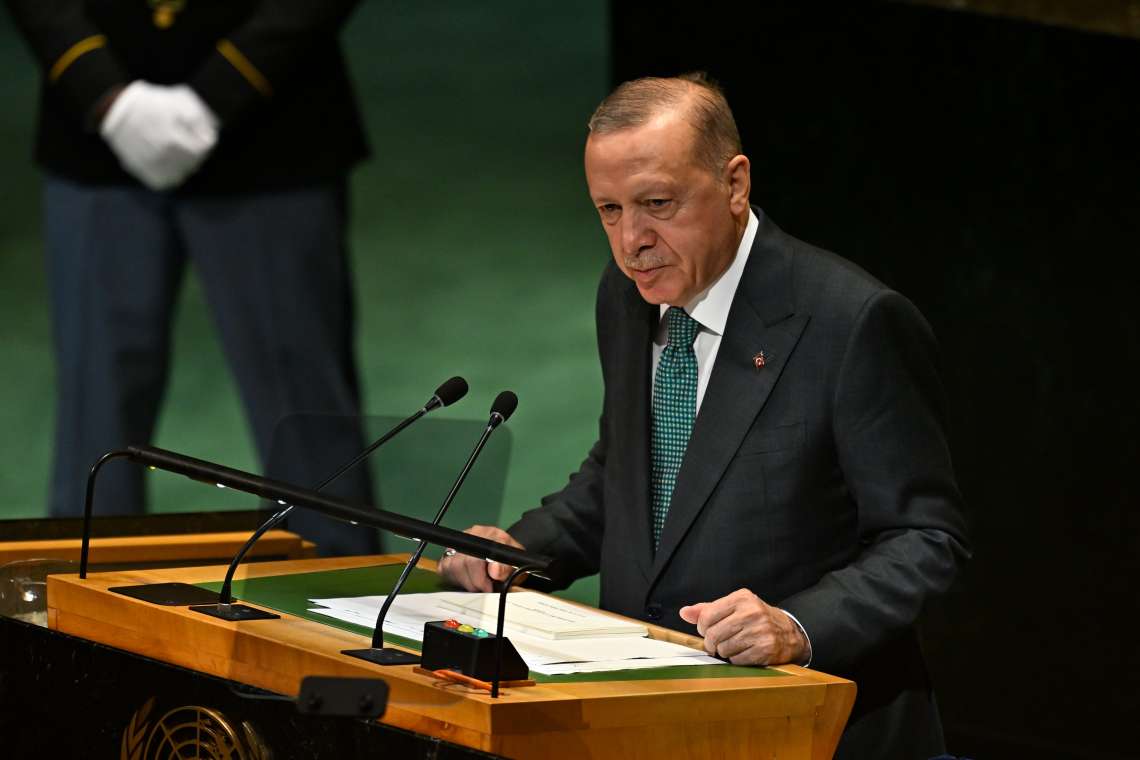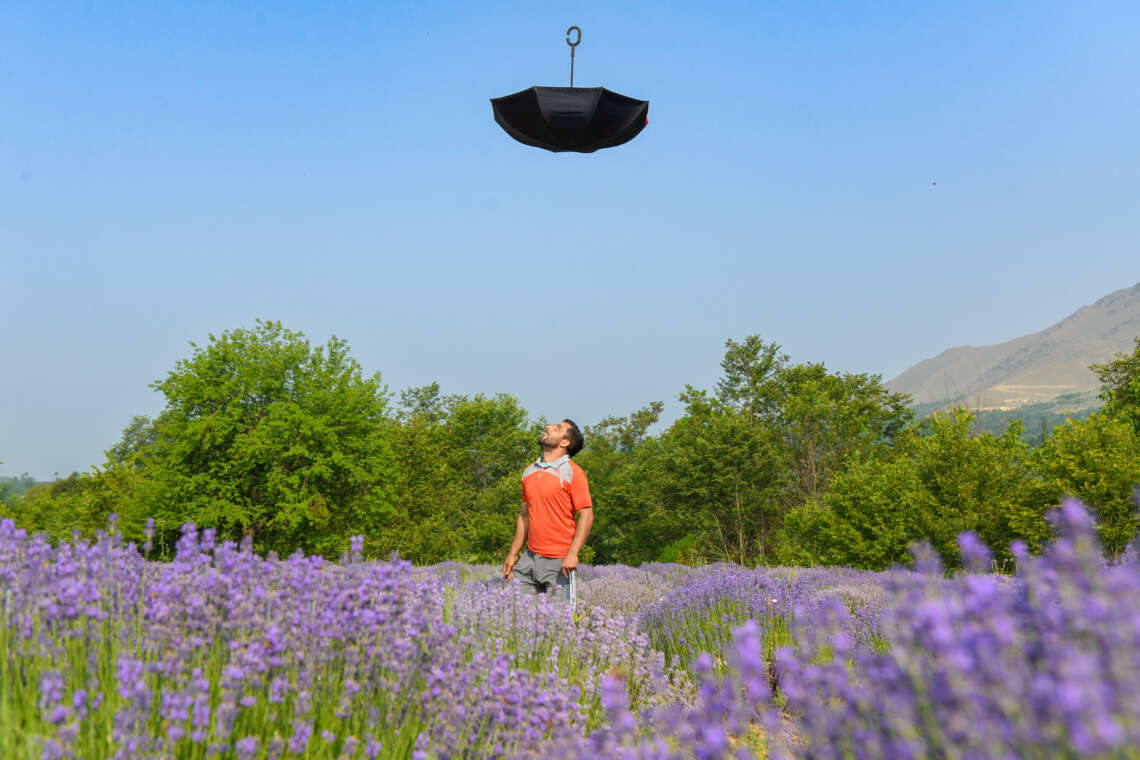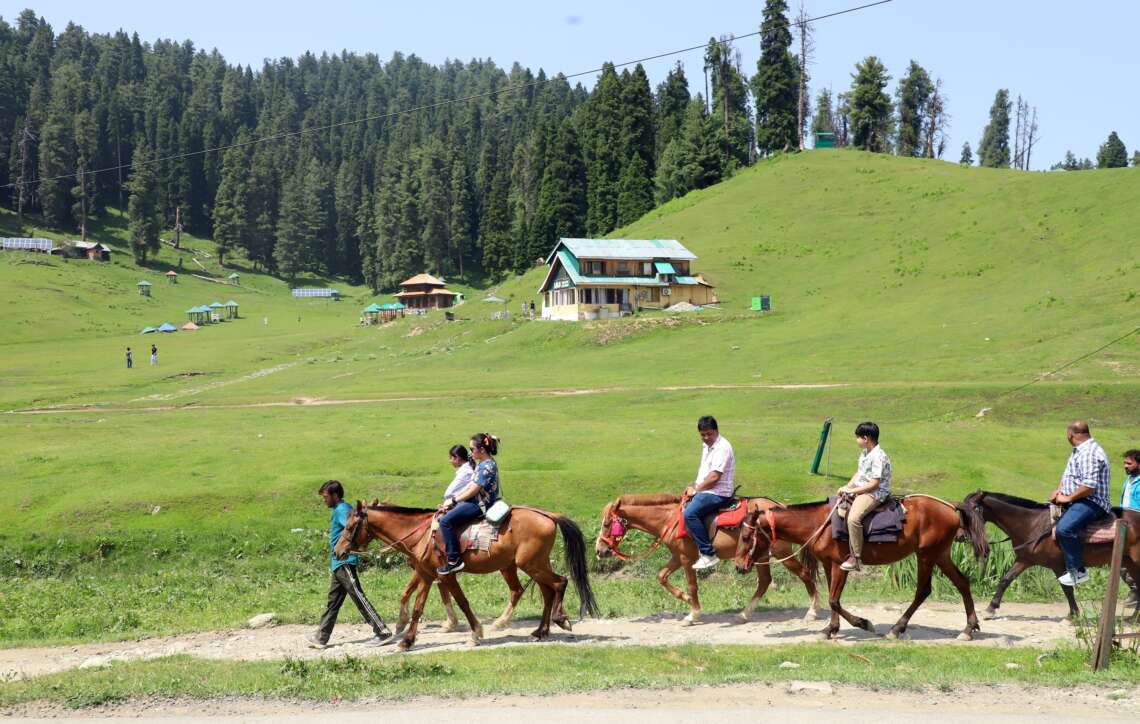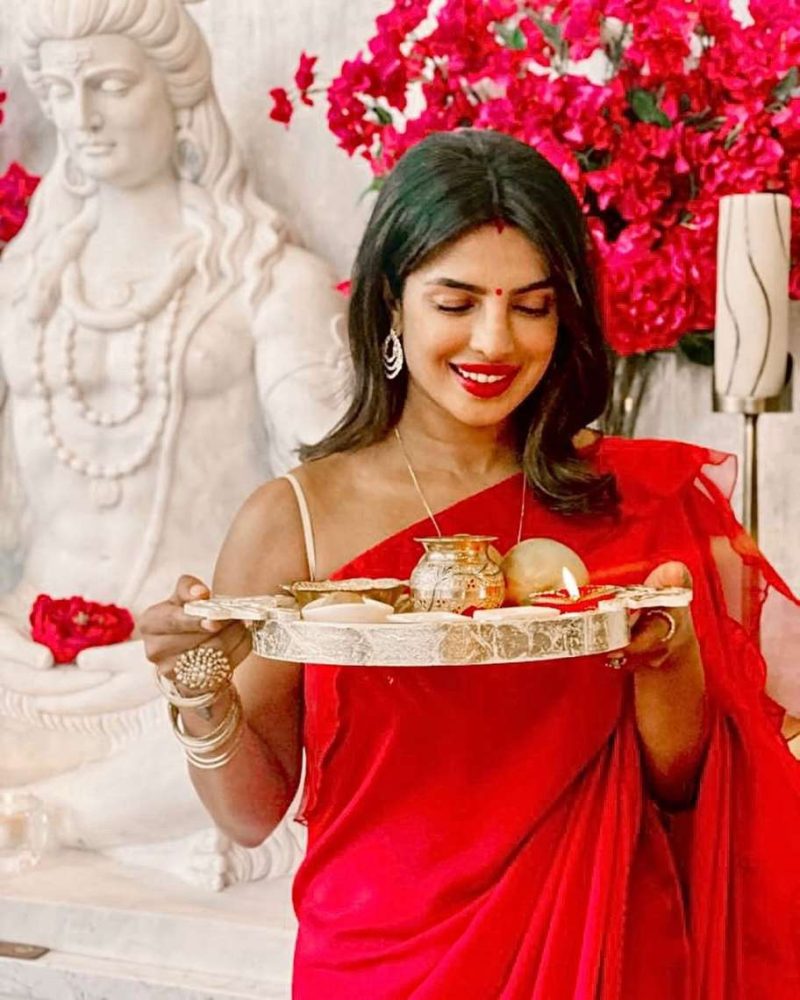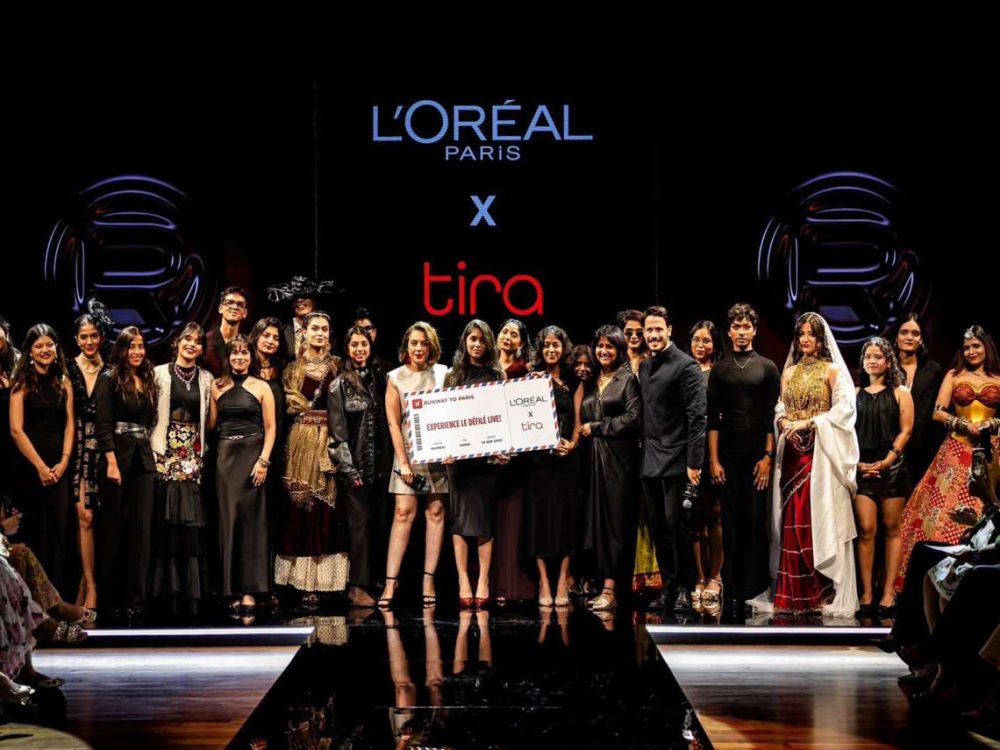The traditional dress of the Kashmiri people is vastly different from the formal dresses in other parts of the country…writes M Ahmad
Costumes of Jammu and Kashmir are well known for their embroidery and intricate designs, which reflects the richness of the culture and landscape of the region. The form of clothing is designed to counter the cold climate of the region. Wearing traditional ethnic wears is a way of showing love, respect, and regard to each other along with acknowledging the traditional values that have been passing on to one generation from the other since ages immortal. Clothes aren’t everything there is to a person. But, association with traditional clothes is beautiful.
Kashmiris associate themselves with what they wear. They hold it as a dear part of their identity. In Kashmir, Pherans are something that are purely a part of Kashmiri history, culture &tradition. Since Pheran is unique to the Kashmiri culture and it is worn particularly to protect oneself from the coolest phase (Chilai Kalan-starts from December 21) in winter, December 21 is now being celebrated as Pheran day in Kashmir valley. It has stood the test of the time, flowing with it, overages. The costume of the region depicts the valley’s richness in culture and heritage. Owing to the cold climate, mostly wool or silk garments are famous among the Kashmiri population. The traditional dress of the Kashmiri people is vastly different from the formal dresses in other parts of the country.
According to Hiuen Tsang, a Chinese traveller, the dress of the Kashmiri people is similar to that of the Persians. The historical background of the word stays unclear. However, it as been derived from the Persian word for the shirt, “perahan”, the Greek word “cover” or even the Tajik word “peraband”. According to some sources, the Pheran was introduced by Mughal ruler Akbar when he conquered the valley in 1586. Pheran, a loose part of clothing, extending to knees or more, dissolving genders & age, is the traditional part of Kashmiri culture. No matter how the seasons change, culture stays, the roots etch deeper even if they are moulded in different shades & ways. Over the years, Kashmiris have experimented with the pheran so much that it has become a fashion statement in the Valley, especially in the winters as designer pherans are a rage.
The history of pherans is the oldest to say the least. As early as 15 century, it’s believed, pheran grew its roots in Kashmir. In early days, pheran was not just something one chose to wear, but also something that defined modesty “regard. In summer as well as winter, both men” women wore pheran. However, talking specifically about women, pheran became an important aspect of their lives. No matter what else they wore, pheran had to be put up irrespective of what season it was or where they needed to go.
The imprints of women wearing folded patterned sleeved pheran, with slits at elbow – Korab Daar Pheran are still there, but it was a beauty to see all the women wear pheran in the most simple way possible. Pheran making has been an art in Kashmir since ages now. There are pherans for summer, pherans for winter, pherans for specific occasions.
In winter, the pherans are made of Tweed. Thick & warm, they work wonders against chilling cold. In turn, to protect these from the extreme heat of kangri (fire pot), which people can’t do without in winters, a cotton lining called postch (khadir) is stitched to it from within. Tweed pherans are mostly simple, in fact devoid of embroideries. The way they are stitched speaks their style. Another one is Rafl Pheran. It’s gracefully light yet warm. Unlike Tweed pherans, these are embroidered mostly. Light & warm, these become a go-to for those who like it light. There are cotton pherans – the most light variety of pherans made specifically for summers. Tradition and season are both taken care of. There also are varieties of silk, velvet, but they are adorned with embroidery of various types to add grace to their beautiful textures.
Occasion defines the type & amount of embroidery done. For casual use, rafl pherans are embroidered. Aari embroidery, done with long needles, creating floral patterns bedecks rafl pherans – mostly the lower neck, cuffs & border of the pherans. Tilla embroidery – the most known, most graceful embroidery enlightens the pherans as well as the occasion they are put on. Tilla – golden or silver threads are tied together with needles to create patterns. In olden days, only elder women preferred Tilla embroidered pherans.However, its look catches attention of the younger ones too in current times.
The most notable use of pheran is immense warmth. It works as a shield against bone-chilling winter. Its extending & loose fitting allows a person to put more clothes before putting it. A warm gown, it could be referred to. Families, each member, in their own pheran, huddle together, sometimes sharing a kangri, & the conversations. Little ones often sit beside their mothers, seeking warmth & love while heat warms their insides. Pheran is an extremely essential part of weddings for women. In fact, pherans have etched so deep in traditions that it’s expected of brides to have at least one Till- embroidered pheran as they head out to their new home.
The “modern-day” pheran come with limitless possibilities. Whatever style & fitting works for you, you can get it made. And, today, every age group, has a pheran of their choice. It’s worth noticing that from informal garment, one that stayed in households or one that was put for informal gatherings, Pheran has journeyed towards professional places. Men as well as women, put pherans while going to offices. Girls, as well as boys, wear it to go to tuitions or for casual outings. Many teenagers also prefer a hooded pheran, “this has an additional feature of keeping their head warm against the cold waves & snow, too. Variety, such variety. The patterns, fittings” features of Pherans are evolving but the fact that Pherans are a part of Kashmiris remains guarded. And, Kashmiris are used to keeping Khensa (candies, & different little eatables) in their
pockets. Elders store it in Pheran pockets after buying it, children identifying the sound, in extreme anticipation look forward to it & after getting khensa eat it in their own sweet time. Little joys. Taste of sweet life in winters. And, the other thing worth mentioning is that jackets, sweaters, coats, & other clothing items that promise modern style can’t compete the comfort & warmth pherans are all about. Either they are limited in use or some of these are put beneath pherans. With different colors, designs, & limitless possibilities, Pherans are dominating the wardrobes, claiming different sections of it. Each reflecting an occasion, an outing, a time, a season.
Given the unique look and nature of the phiran, it has become a popular item of clothing even outside of Kashmir. The garment fits perfectly well in both modern and traditional forms of fashion and clothing. It can be paired with jeans and sneakers as well as salwar and dupattas. Not only are the different Kashmiri dresses known to the tourists coming to Kashmir, but they have been showcased time and again in many Bollywood movies such as Kashmir ki Kali, Junglee, Jab Jab Phool Khile, Rockstar, Laila Majnu, Teri Meherbaniya, Hyder, Mission Kashmir, Rockstar, Jab Tak Hai Jaan, Kashmir Files, Kushi, Bajrangi Bhaijaan, The Hero etc .
ALSO READ-Kashmiri student bags $70K scholarship to study in Qatar



